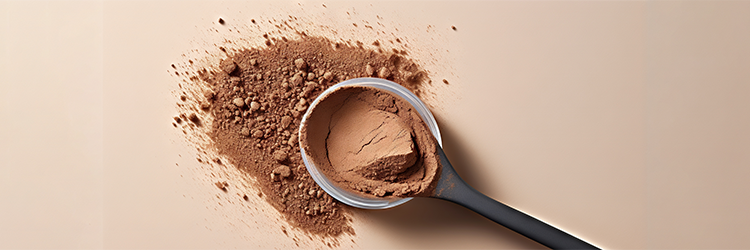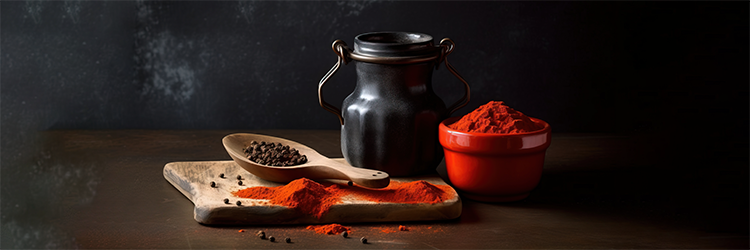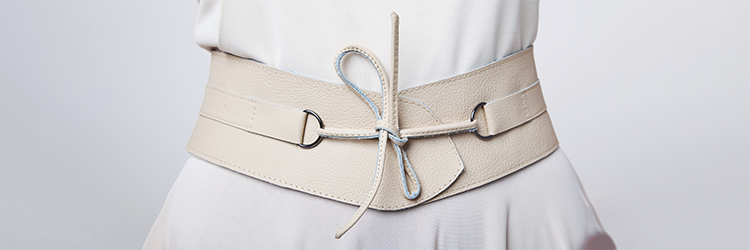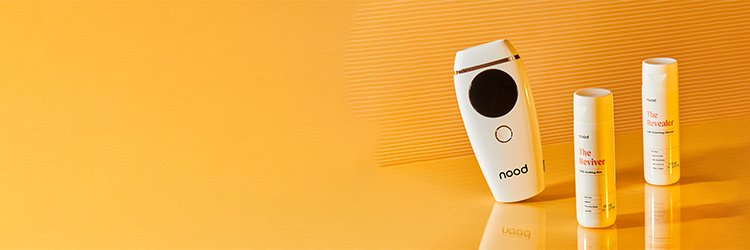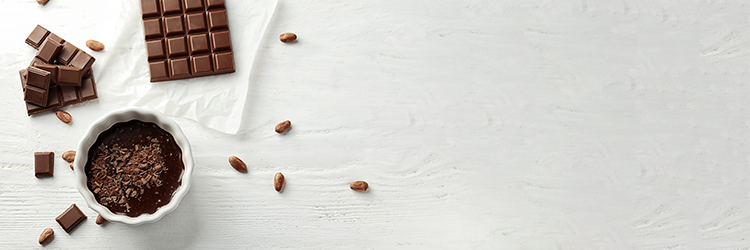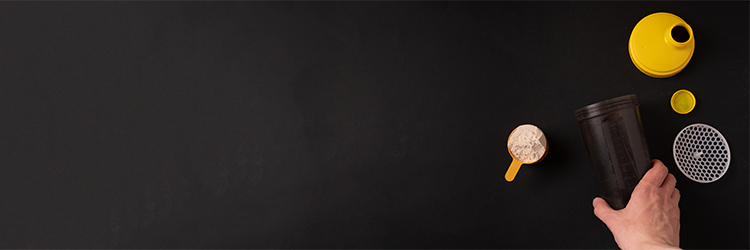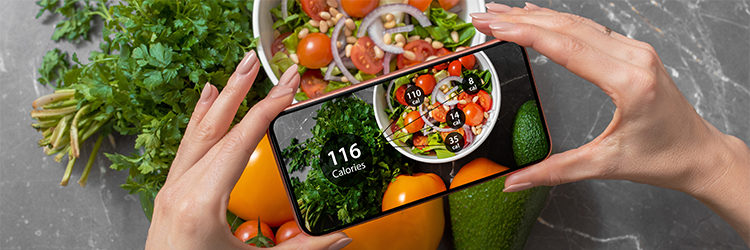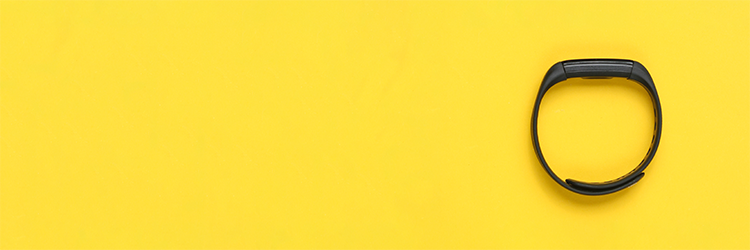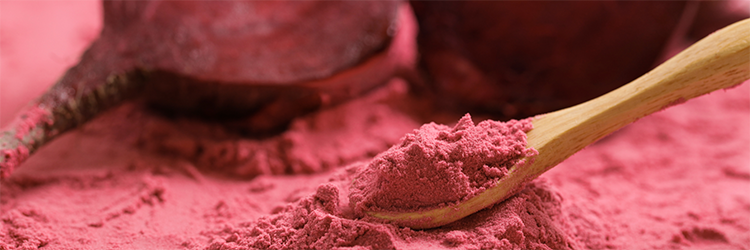
Disclaimer: This article doesn’t constitute medical advice and is just the opinion of the writer(s). We recommend that individuals speak with their doctor or dietitian about food safety.
Cooking at home can be a healthier and cheaper alternative to dining out, but only if the food is prepared safely. De-thawing food is one of the more frustrating things to research, because food products like meat, seafood and bread all have different food safety requirements.
But what is the safe de-thawing time for meat based on research? What about seafood and bread? Do products like thawing plates actually work? And do you need to rotate food when thawing it?
In this article we'll answer all of these questions and more, as we provide recommendations for thawing times of various foods based on medical studies and government research.
We'll also explain why thawing plates may be dangerous.
Our goal is for this guide to be bookmarked by readers and used as a reference for cooking safely at home.
Is Thawing on the Counter Dangerous?
Many consumers believe that they can thaw food at room temperature if they’re in a rush, but this is never a safe option.
the Food Safety and Inspection Service, thawing food at room temperature above 40° Fahrenheit (F) (4.44° C) allows bacteria to rapidly multiply.
Even if the food is only thawed for an hour at room temperature, it can significantly increase the risk of food-borne illness.
How to Thaw in a Rush?
Thankfully, room temperature thawing isn’t the only option for consumers in a time pinch.
Thawing food using cold water is an option that’s nearly as time-efficient as thawing on the countertop, but much safer.
Food should be sealed in a package that won’t leak (typically plastic), and fully submerged in water.
The USDA changing the water every 30 minutes to ensure a safe, cool water temperature.
Generally, a pound or less of meat may thaw in 60 minutes or less using the cold water thawing method, while larger amounts may take several hours.
A YouTube channel called "Home.Made.Nation" features this method in a video with over 400,000 views:
Should You Rotate Food When Thawing?
Rotating food is a safety measure to ensure evenly distributed internal temperature.
The USDA rotating meat when defrosting in the microwave to even the thawing.
Usually, only one rotation is necessary to ensure both sides of the food are properly thawed. Rotating the food helps ensure that when you begin cooking it, there’s not a section that’s still fully or partially frozen.
This is one of the simplest, yet most overlooked, food safety measures.
How to Thaw Bacon?
The USDA the three safe ways to thaw bacon: in the refrigerator, under cold water, and in the microwave.
Because bacon strips are usually quite narrow, they can thaw quickly.
Leaving bacon overnight in the fridge is the most convenient way to thaw, but using the microwave is the quickest.
The USDA suggests that bacon is safe to cook directly from a frozen state, but this may have negative effects on taste and texture.
How Long Can Thawed Chicken Stay in the Fridge?
There is a lot of misinformation online about the safety of thawed chicken, with some food bloggers suggesting that thawed chicken can be left in the fridge longer than appears safe based on research.
The USDA that thawed chicken should be used within two days while stored in the fridge.
Beyond that timeframe, the risk of food-borne illness increases.
This timeframe doesn’t include the actual time spent thawing, so if a whole chicken takes one full day to thaw, it can be stored in the fridge for two full days after that, according to the USDA.
Chef Debunks Meat Thawing Myths
A YouTube video published by Butcher Box explains why some of the myths surrounding the negative effects of defrosting meat are false:
How to Thaw Frozen Spinach?
Even though thawing frozen vegetables is generally less risky than thawing frozen meat, it’s still important to do it right.
Frozen spinach can be quickly thawed in the microwave and eaten or cooked immediately after.
For individuals planning to eat spinach raw, we recommend thawing in the fridge, because thawing in the microwave can quickly melt the ice and cause the spinach to be runny and watery.
For individuals planning to cook the spinach after thawing, using the microwave to thaw is the most convenient option.
How to Thaw Scallops?
According to the , the same thawing safety rules that apply to thawing meats also apply to thawing seafood.
Scallops can be thawed in the fridge, under cold water, or in the microwave, but should never be thawed in warm water or on the countertop.
Since scallops are small and thaw relatively quickly, we recommend a cold water thaw.
How Long to Thaw a Ham?
Ham is one of the most popular American foods served on Thanksgiving, and can take a while to safely thaw.
The USDA thawing in the fridge, and allowing 4 to 6 hours thawing time per pound of ham.
This means that a five pound ham should take around 30 hours to thaw.
We believe that the fridge is the safest option for thawing larger quantities of meat like ham, because the risk of improperly thawing using faster methods may increase when using larger amounts of meat.
Can You Refreeze Thawed Chicken?
If you thaw your chicken but then decide you’re not yet ready to cook it, there's no problem because it’s perfectly safe to refreeze chicken after thawing the USDA.
The chicken may not taste as good after the second thawing, since it loses significant moisture during the first round of thawing, but it’s still a safe and economical choice to re-freeze and cook it later if necessary.
How to Thaw Ground Turkey?
Ground turkey thaws quicker than whole turkey, and can be thawed safely in the fridge, under cold water or in the microwave.
The USDA provides on thaw timing for whole turkey but not ground turkey.
We’d recommend a conservative overnight thaw in the fridge before cooking previously-frozen ground turkey.
Do Thawing Plates Work?
Thawing plates are made of metals that efficiently conduct heat, and thus can decrease thawing time.
We don’t recommend thawing plates because they necessitate thawing at room temperature, which we don’t recommend for safety reasons.
There is little medical research backing the safety and efficacy of these products, and the FTC against a leading thawing plate company for misleading and potentially harmful claims.
It’s safer, cheaper and more effective to simply thaw meat in the fridge.
How to Thaw Frozen Steak?
It’s safe to thaw frozen steak in the fridge, microwave or under cold water, in line with the USDA's for thawing meat that we've cited throughout this article.
We recommend thawing in the fridge overnight since it’s the most convenient and time-efficient manner of thawing frozen steak.
Cold water thawing works just as well, but takes a lot of prep and effort.
Thawing in the microwave is the fastest way to thaw steak, but the steak must be cooked immediately after to ensure no buildup of bacteria.
This method can also have negative effects on the texture of the steak.
How Long Can Thawed Shrimp Stay in the Fridge?
Because the USDA doesn’t appear to provide recommendations for safe storage of thawed seafood, we don’t recommend leaving thawed shrimp in the fridge.
We recommend cooking shrimp immediately post-thawing (or at least within the hour).
There is misleading information online from some other health publishers stating that the USDA provides a recommendation that thawed shrimp is safe for 1 to 2 days in the fridge.
This is false and the USDA has not published such information based on our search.
Does Miracle Thaw Work?
Miracle Thaw is a thawing plate that claims to be able to thaw foods quicker than traditional methods.
The brand has been served a by the FTC, and the complaint states that “laboratory testing does not prove that food items defrosted or thawed on Miracle Thaw will not develop harmful or unsafe levels of bacteria.”
We do not recommend Miracle Thaw or any other thawing plate, because there is no proof of efficacy, and even more importantly, there are safety concerns involving potential bacterial buildup and food-borne illness risk.
How to Thaw Frozen Bread
Frozen bread is one of the only foods that can be safely thawed at room temperature, according to a .
Bread is more resistant to bacterial buildup at room temperature than meat.
Bread slices should thaw in 10 minutes or so, while whole unsliced loaves may take up to five hours to thaw.
We recommend purchasing frozen bread that is sliced, since this will significantly reduce thawing time at room temperature.
















































































